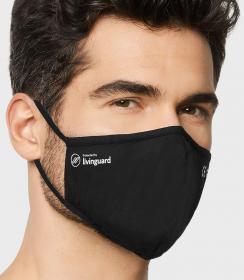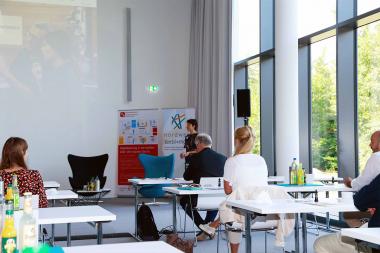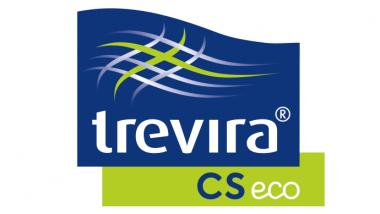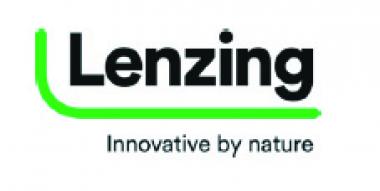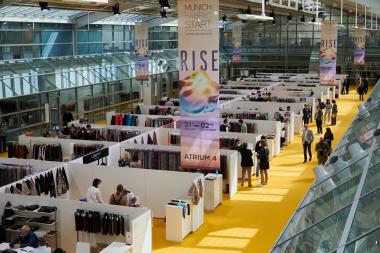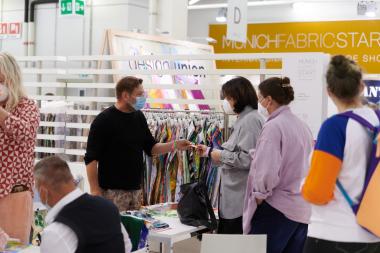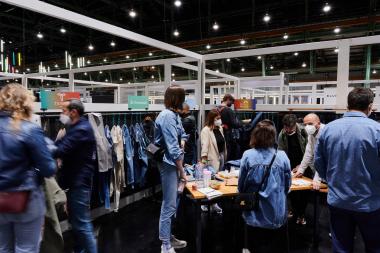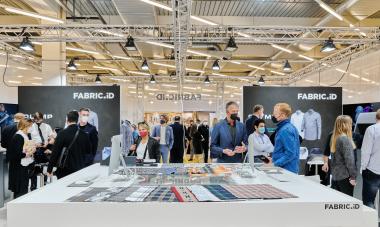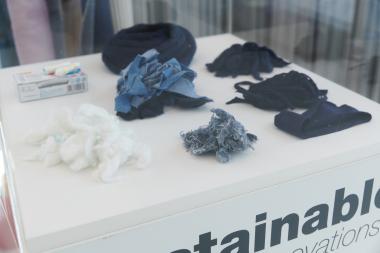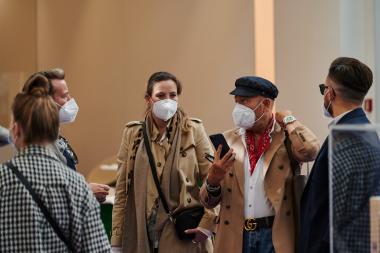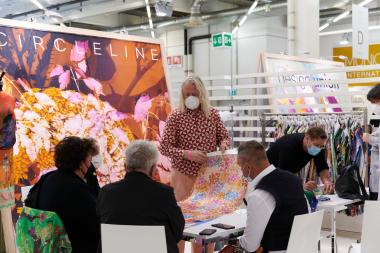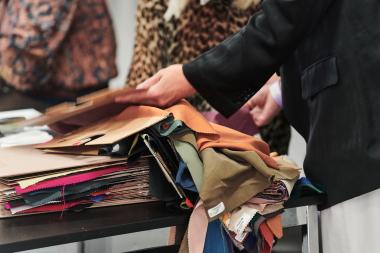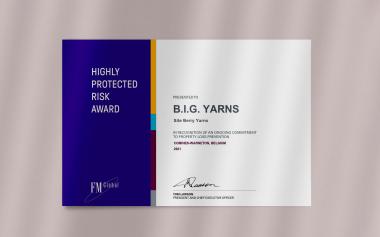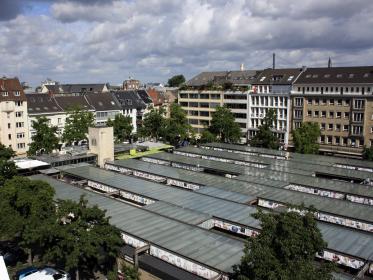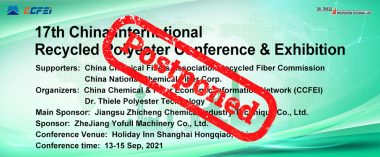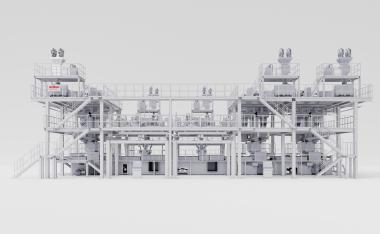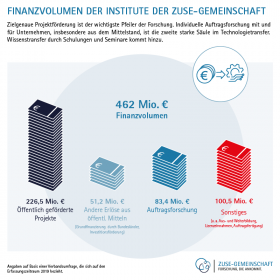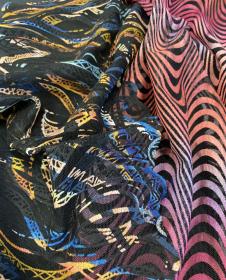Livinguards Pro Maske ausgezeichnet als Nachhaltigkeitsprodukt des Jahres
- Dieser Preis unterstreicht Livinguards Bestreben, ein nachhaltigeres Leben zu ermöglichen.
Das Schweizer Hygiene-Unternehmen Livinguard, das Schutzmasken mit COVID-19-deaktivierenden Eigenschaften entwickelt hat, gab heute bekannt, dass seine Pro Mask die Auszeichnung als bestes Nachhaltigkeitsprodukt 2021 von der Business Intelligence Group erhalten hat. Mit den prestigeträchtigen Sustainability Awards werden Menschen, Teams und Organisationen ausgezeichnet, die Nachhaltigkeit zu einem festen Bestandteil ihrer Geschäftspraktiken oder ihrer Firmenmission gemacht haben. Zu den bisherigen Preisträgern gehören Hilton Hotels Supply Management, Dow und Belkin.
Livinguard hat es sich zur Aufgabe gemacht, Hygiene neu zu definieren, um Verbraucher und den Planeten zu schützen. Die patentierten und revolutionären Technologien des Unternehmens verleihen Textilien, Papier, Kunststoffen und anderen Materialien die Fähigkeit, Keime kontinuierlich, dauerhaft und sicher zu vernichten. Im Kern geht es bei der permanenten Hygiene darum, mit weniger Aufwand bessere hygienische Bedingungen zu erreichen – heute und für künftige Generationen.
Die wiederverwendbare Pro Mask von Livinguard ist als medizinische Maske Typ I zertifiziert, zerstört Viren und Bakterien und verhindert deren Ausbreitung – einschließlich SARS-CoV-2 (COVID-19). Die Technologie von Livinguard wurde umfänglich getestet und ist sicher für Haut und Atemwege. Livinguard-Produkte sind mindestens 30-Mal waschbar. Bei täglichem Gebrauch und wöchentlichem Waschen kann die Maske bis zu 210-Mal verwendet werden, was den Bedarf an 210 herkömmlichen Masken ersetzen kann. Bislang hat Livinguard mehr als 20 Millionen Masken verkauft, die umgerechnet mehr als 4,2 Milliarden Einwegmasken und somit enorme Mengen an nicht-recyclebarem Abfall vermeiden können.
In einer Zeit, in der die Umweltkosten von medizinischen Einwegmasken in Frage gestellt werden, ist dies ein Beweis dafür, dass Schweizer Technologie Hygiene und Nachhaltigkeit miteinander verbinden kann.
Livinguard Covid-19 Mundschutzmasken Nachhaltigkeit Umweltschutz Hygiencally Clean Healthcare
Weber Shandwick


